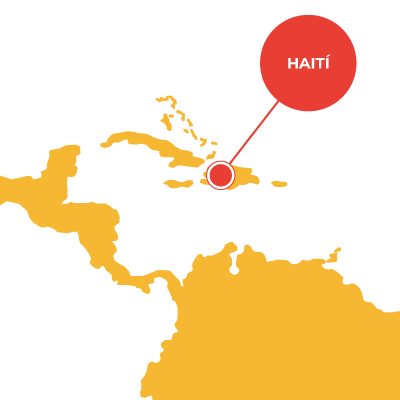Migration Information and Data Analysis System (MIDAS) in Haiti
To enhance border management in Haiti, IOM, in collaboration with the Directorate of Immigration and Emigration (DIE), installed MIDAS, a Border Management Information System (BMIS), to effectively monitor the border crossing points. MIDAS was progressively installed from 2019 to 2022 at three land border points and the Cap Haitien International Airport. The system replaced a handwritten registration process, improving the country’s migration management and border security in accordance with international standards.


